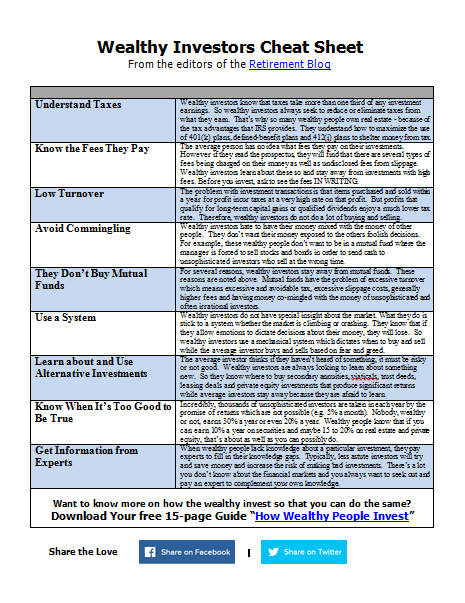Bond Mutual Funds
Bond funds: Instead of purchasing individual securities, an investor might decide to purchase shares of a bond mutual fund. Advantages include broad diversification, liquidity, and on-going professional management. In addition, bond fund accounts can sometimes be opened for $500 or less, making them attractive for persons with small dollar amounts to invest. The biggest disadvantage of bond mutual funds is that, unlike individual securities and UITs, there is no fixed maturity date. Thus, the price of shares is always subject to fluctuation with changes in interest rates, and an investor could lose principal if interest rates increase. As with all mutual funds, the key factors to look for when selecting a bond fund are historical performance and expenses. Unlike stock funds, that have the potential for capital appreciation to offset fund expenses, bond funds must rely on low management costs to enhance their returns. In addition, bond funds generally invest in similar securities (e.g., Treasuries), so most of the difference in return among bond funds is due to differences in cost. The average annual expense ratio (expenses as a percentage of fund assets) for bond funds is about 1% ($1 for every $100 invested), but there are some low-cost fund families like Vanguard, T.Rowe Price, TIAA-CREF, and Fidelity that charge significantly less.
A 1997 study of bond mutual funds by Consumer Reports magazine found that, among government bond funds, funds with low expense ratios outperformed their peers. One low-cost bond mutual fund is a bond index fund. Bond index funds purchase the same securities that comprise a benchmark bond index, such as the Lehman Brothers Aggregate. Since the portfolio of securities is pre-determined by whatever bonds comprise an index, trading costs are minimal and bond index fund management expenses are low. Like individual bonds, bond funds with the longest maturities are extremely volatile when interest rates fluctuate. Conservative investors should select short-term bond funds consisting of investment-grade securities.

Leave a Reply